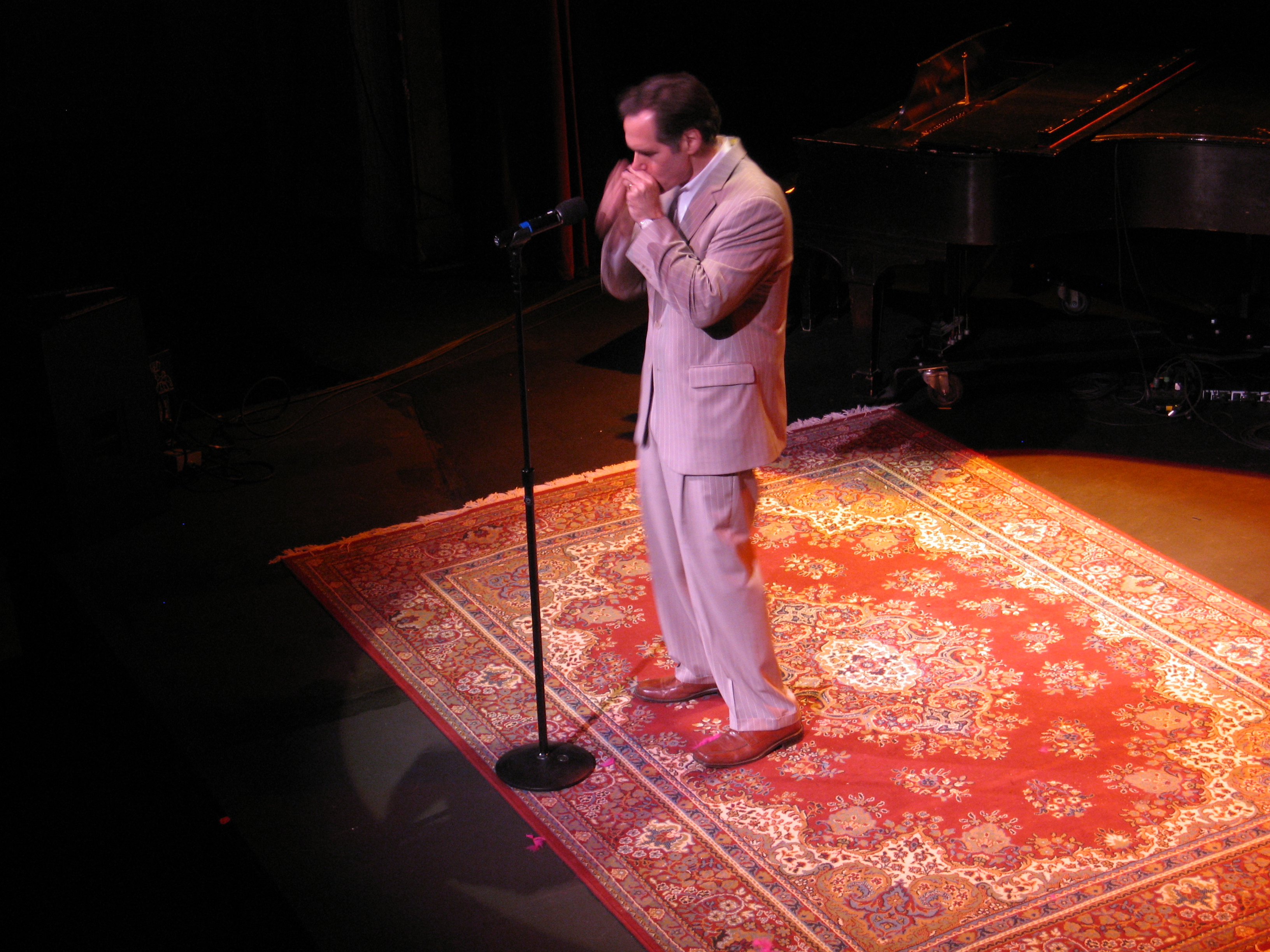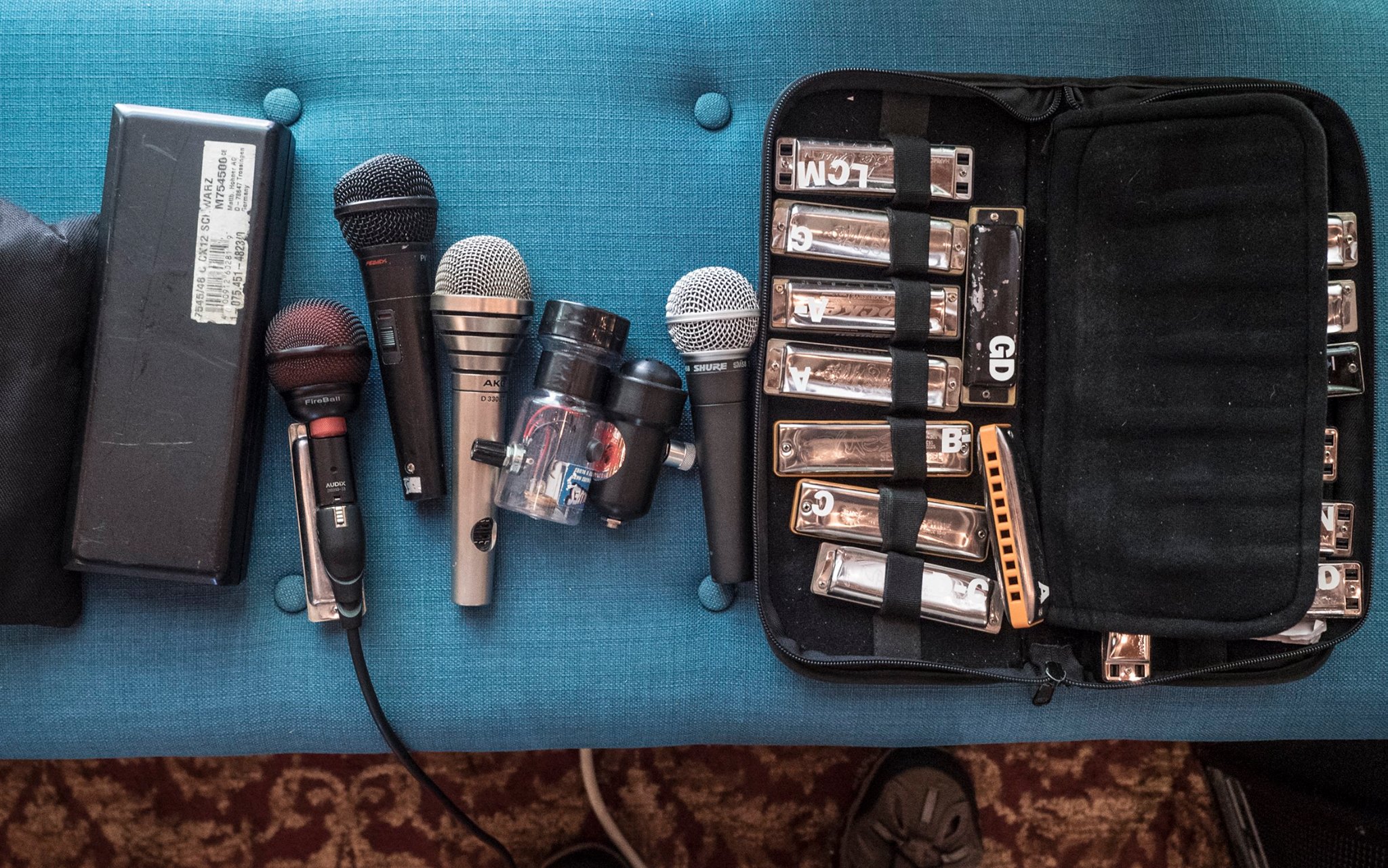
The Seydel 1847 is getting to be my favorite harp
I recently blew out the draw 4 reed on my Seydel Session Steel A harp. When I ordered a set of replacement reed plates, I was shipped a set of Seydel 1847 plates by accident. I decided to re-order the Session Steel plates, and also to order all the rest of the parts I needed to assemble an 1847 A harp. All the stuff arrived today, and I now have a Session Steel with new reed plates and a 1847 with new reed plates, both in A.
This situation begs for a side-by-side comparison, and I have run one. The result is this: the 1847 is a better sounding and more responsive harp. The Session Steel is a very nice instrument, loud and tough, but the 1847 does all that the Session Steel does and sounds better on chords and played loud. I think the tone on the Session Steel is better when it’s not played flat-out; the sound gets harsh when it’s played very hard.
Anyway, that’s how it feels to me as a player. But the harshness may not be audible to the audience. Take a listen to this clip. It’s a recording of simple riffs played on the Session Steel and the 1847, both of which are running through an Audix Fireball mic into a Digitech RP500 running my GA40 patch (Gibson GA40 amp and cab models) into a Peavey KB2 keyboard amp. In other words, it’s a modeled version of a typical amped-up blues rig. Can you tell the difference between the two harps? Can you tell when I switch from one to the other? I’m not sure I can, and I’m the guy who played it. Perhaps the differences would be more audible if the recording was purely acoustic, but I don’t know. I think the differences would be even less audible if I was using a bullet-type mic, which adds its own distortion to the tone.
Audio Player
Whether or not the differences are audible, the instruments feel different when you play them. The 1847 retails for $85; the Session Steel retails for about $55. It’s interesting to see that the extra $30 really does get you something better, at least in terms of the experience of playing the instrument. At this point I have a number of 1847s: G, Eb, A, and a country-tuned C harp that Ben Bouman set up for me. Every one of them is a superior instrument in terms of playability and reliability. Of course, I just bought a set of eight Manjis, so I’m not rushing out to buy more harps at the moment. When I do, I suspect they’ll be 1847s.
Related Posts
2 Comments
Leave a Reply
You must be logged in to post a comment.
WHAT’S NEW
Categories
- Audio/Video
- Blog
- Blue Future
- Digitech RP Tricks and Tips
- Discography, CDs, Projects, Info, Notes
- Featured Video
- For the Beginner
- Gallery
- Hunter's Effects
- Hunter's Music
- Huntersounds for Fender Mustang
- Meet the Pros
- More Video
- MPH: Maw/Preston/Hunter
- My Three Big Contributions
- Player's Resources
- Pro Tips & Techniques
- Recommended Artists & Recordings
- Recommended Gear
- Recorded Performances
- Reviews, Interviews, Testimonials
- The Lucky One
- Uncategorized
- Upcoming Performances
- Zoom G3 Tips and Tricks

I’m a very happy 1847 man. Glad you’re joining the team! 🙂
I get first 1847 near 2009 year, disliked it for the first time, but then I customize it and get used to it and in a year it become my favorite harmonica. Around 2011 I signed with Seydel, now I have more than 40 seydel harmonicas (1847 mostly and some Session Steel as spares and minors) all with different comb/cover settings (it’s fun for me). I forgot about keeping reeds in tune. Yes, I replaced 1-4 reeds a year (I play up to 100 gigs a year), but never check tuning, because they are always in tune. For today I leave at home EQ and noise gate because with Seydel I hear myself much better than using brass reeds, in almost any mix.